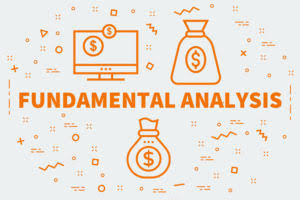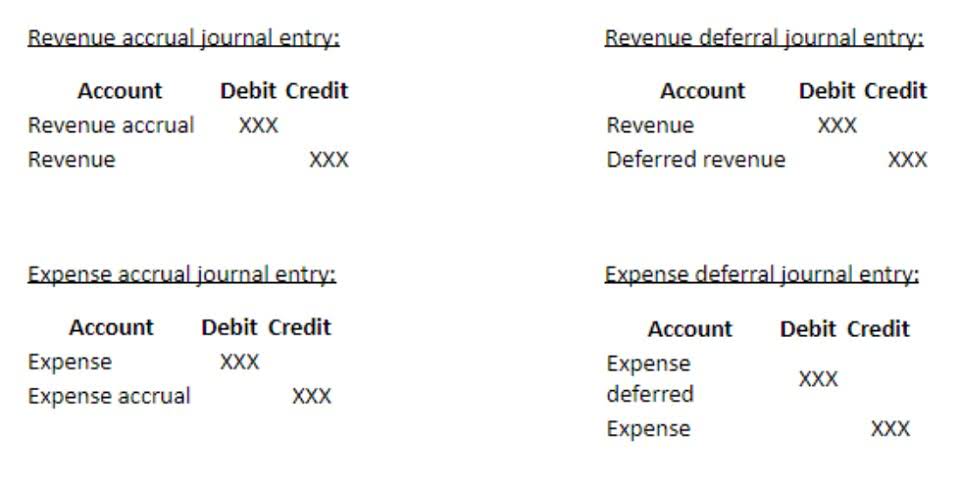
When Financial Statements are released, it is important to compare numbers from different periods in order to spot trends and changes over time. This can be useful in checking whether a company is performing well or badly, and identify areas where it may improve. By looking at the numbers provided unearned revenue by a company, you should see whether there are any large differences between one year and the next. It is also possible to perform this analysis with time series data to make direct comparisons with other companies. Liquidity ratios are needed to check if the company is liquid enough to settle its debts and pay back any liabilities. Horizontal analysis makes it easy to detect these changes and compare growth rates and profitability with other companies in the industry.
- We may earn a commission when you click on a link or make a purchase through the links on our site.
- In the next section, you have step-by-step instructions on how to do horizontal analysis with examples using a balance sheet and an income statement.
- Using consistent accounting principles like GAAP ensures consistency and the ability to accurately review a company’s financial statements over time.
- By providing insights into trends, growth rates, and performance metrics, this technique supports more informed and strategic decision-making.
- Sometimes you may find horizontal analysis reports, saving you the calculations, but you can always calculate the percentage change yourself using publicly available financial data.
- First, decide which periods you will be comparing, carefully choosing comparable periods.
- Insert a column to the right of ‘2022’ and click on the cell corresponding to the first revenue line item.
Understanding Vertical Analysis Results
Our mission is to empower readers with the most factual and reliable financial information possible to help them make informed decisions for their individual needs. The articles and research support materials available on this site are educational and are not intended to be investment or tax advice. All such information is provided solely for convenience purposes only and all users thereof should be guided accordingly. Horizontal analysis also makes it easier to detect when a business is underperforming. Discover the top 5 best practices for successful accounting talent offshoring.
- The first example is based on a balance sheet, and the second is on an income statement.
- Common mistakes include choosing the wrong software, neglecting data security, and not backing up financial records.
- For this example, I will carry out the analysis of the data reported for 2021 and 2022.
- The primary difference between vertical analysis and horizontal analysis is that vertical analysis is focused on the relationships between the numbers in a single reporting period, or one moment in time.
- Now that you know how to calculate percentage change, you can read about all the steps involved in horizontal analysis in the next section.
- The amounts from the most recent years will be divided by the base year amounts.
🕛 Time: 10:00-11:00 am EST📅 Date: 12th December💻 Venue: Online🏃♂️ Seats : Limited

In the next section, you have step-by-step instructions on how to do horizontal analysis with examples using a balance sheet and an income statement. Now that you have the percentage change values for your chosen variables – both for your company and others in the same industry – it’s time to analyze your company’s values and those of your competitors. This will allow you to interpret these results within as comprehensive a context as possible.
Get in Touch With a Financial Advisor

When the same accounting standards are used over the years, the financial statements of the company are easier to compare and trends are easily analyzed. Regularly conducting horizontal and vertical analysis provides vital insight for strategic planning and financial management. As key tools for tracking performance changes and evaluating account proportions, these methods help uncover strengths, weaknesses, and opportunities for improvement over time. Using both analysis techniques can lead to better-informed business decisions. Vertical analysis which of these are the same as horizontal analysis? expresses each item on a financial statement as a percentage of a base amount.

Horizontal Analysis of Income Statements

This type of analysis enables analysts to assess relative changes in different line items over time and project them into the future. For the balance sheet, total assets or total liabilities and shareholders’ equity are typically used as the base amount. Choosing an appropriate base amount allows the vertical analysis to show the composition of key financial statement items. While analyzing financial statements, horizontal analysis is used to analyze historical data from various accounting periods, such as ratios or line items. In a horizontal analysis, comparisons can be done using either absolute comparisons or percentage comparisons. In the latter case, the statistics from each succeeding period are expressed as a Food Truck Accounting percentage of the baseline year’s total, with 100% serving as the baseline value.
Data Analysis in Google Sheets (+ Tips and Examples)

Both methods provide unique insights into a company’s financial performance and can be used for benchmarking, identifying anomalies, and making informed decisions. The vertical analysis involves comparing financial data within a single period by expressing each line item as a percentage of a base figure, typically sales or revenue. It helps assess the composition and proportion of different components within financial statements. Horizontal analysis, on the other hand, compares financial data across multiple periods to analyze trends, changes, and growth rates. Horizontal analysis, also known as trend analysis, focuses on comparing financial data over a specific period.






